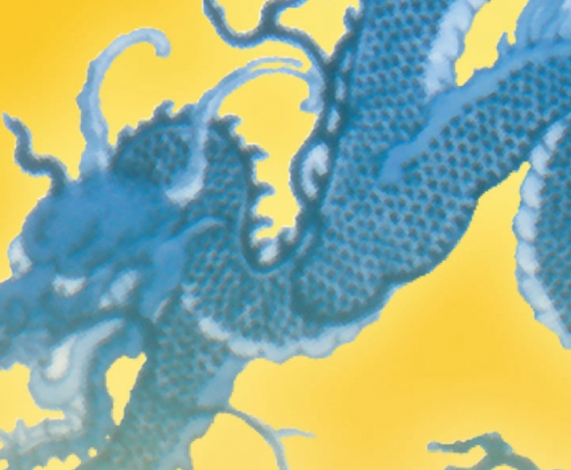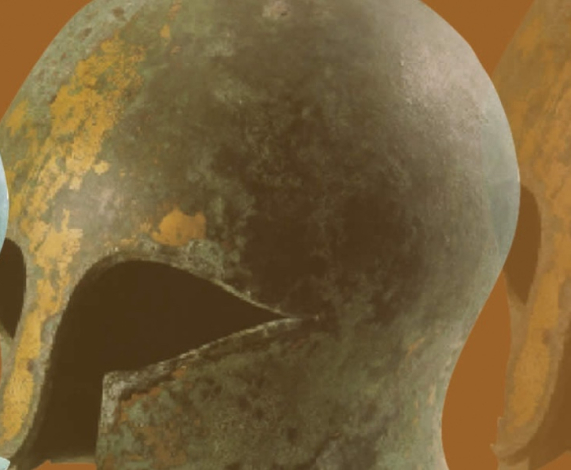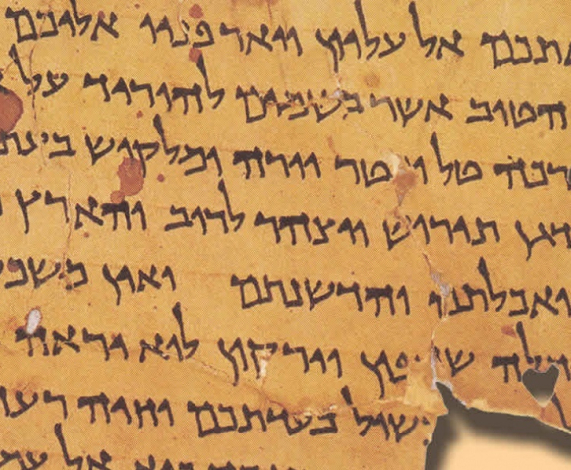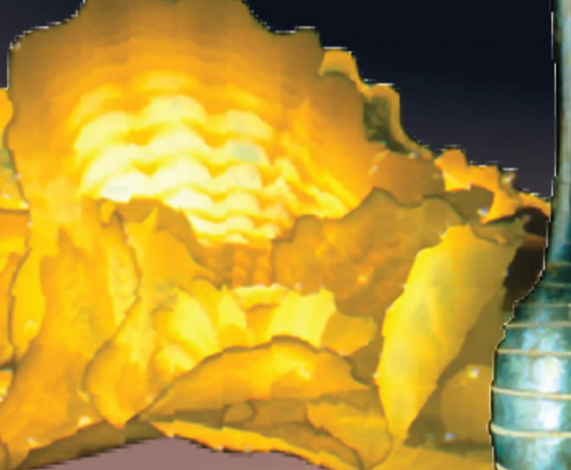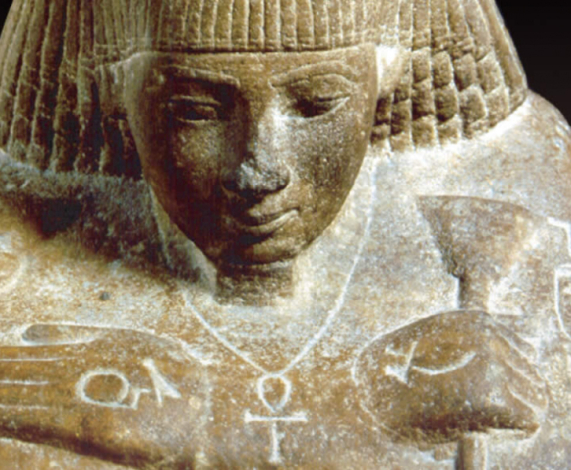Past Exhibitons
We respectfully ask that offerings of flowers, candles, perishable material and personal items are not brought into the gallery or left within the exhibition.

Image Credit:
José de Páez (1720 – 1790)
Aparición de la Virgen de Guadalupe, n.d.
Oil on copper
51 x 37 cm (unframed)
77.5 x 66 x 5 cm (framed)
Colección Pérez Simón, Mexico
© Rafael Doniz
In the year 1531 at a sacred location known as Tepeyac Hill near today’s Mexico City, the report of one man’s vision of the Virgin Mary sparked a phenomenon of religious fervor like no other.
The man, addressed by the saint in his native language, was instructed to carry a message to the bishop for the construction of a church where the Virgin’s compassion would be known. The appearance and the subsequent miracle she performed there were the first events of their kind to be documented in the Americas. Over time, the adoration of the Virgin managed to intertwine and merge with the most diverse social and cultural manifestations. This exhibition explores the extraordinary impact of the appearance of the Virgin through various themes of religious, political and social importance during Mexico’s colonial period. The exhibition is exclusive to the Bowers Museum and is comprised of several important collections from Mexico, including the Museum of the Basilica of Guadalupe, the most visited religious pilgrimage site in all of the Americas.

Project Supported by the Fondo Nacional para la Cultura y las Artes
Abre 8 octubre 2016 - 29 enero 2017
Les respetuosamente solicitamos que no ponen ofrendas de flores, velas, materiales perecederos y artículos personales ni en la galería ni dentro de la exposición.
En el año 1531 en un lugar sagrado conocido como el Cerro del Tepeyac, cerca de la actual Ciudad de México, el informe de la visión de un hombre de la Virgen María provocó un fenómeno de fervor religioso como ningún otro.
El hombre, dirigido por el santo en su idioma nativo, fue instruido a llevar un mensaje al obispo para la construcción de una iglesia en la que se conocería la compasión de la Virgen. La aparición y el subsecuente milagro que realizó allí fueron los primeros eventos de este tipo que se documentan en las Américas. Con el tiempo, la adoración de la Virgen logró entrelazar con las más diversas manifestaciones sociales y culturales. Esta exposición explora el extraordinario impacto de la aparición de la Virgen a través de diversos temas de importancia religiosa, política y social durante el período colonial de México. La exposición es exclusiva para el Museo Bowers y se compone de varias colecciones importantes de México, como el Museo de la Basílica de Guadalupe, el lugar de peregrinación religiosa más visitada de todas las Américas.

